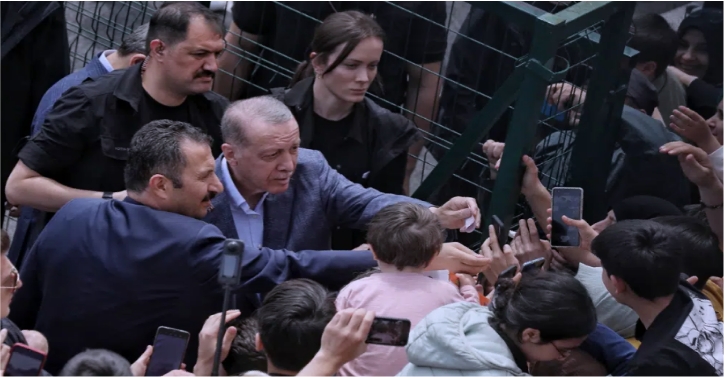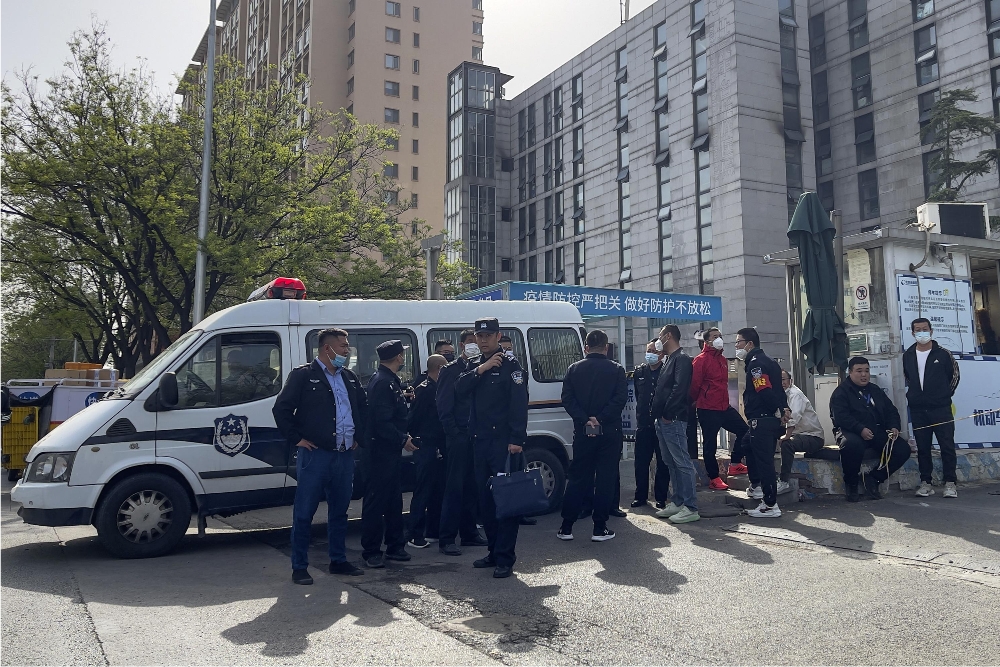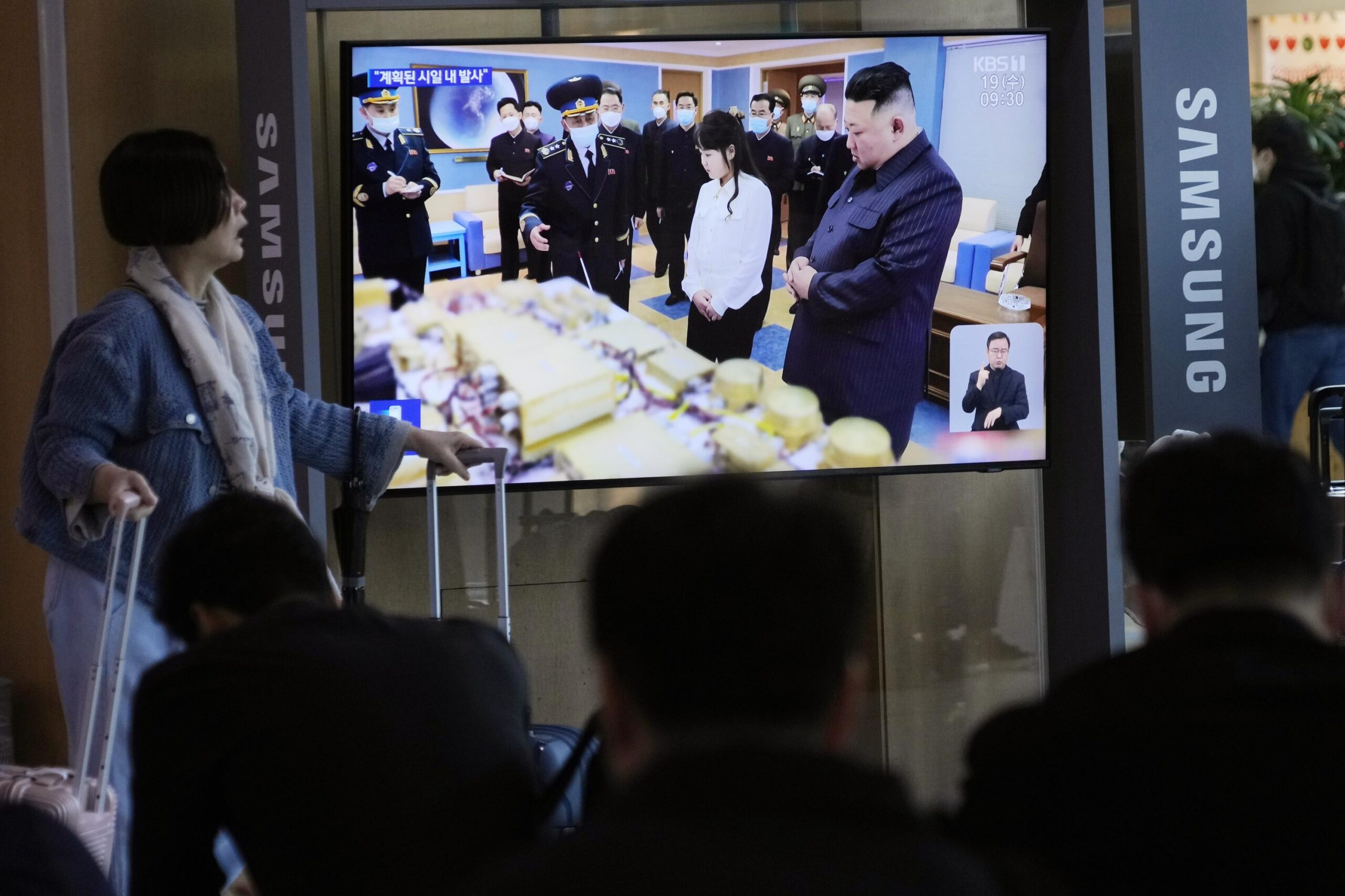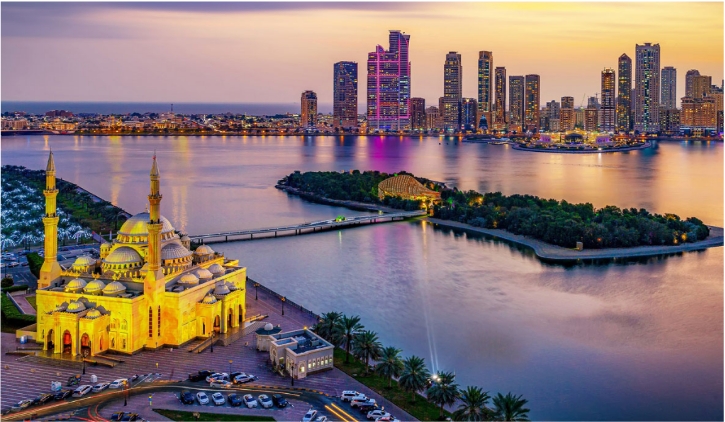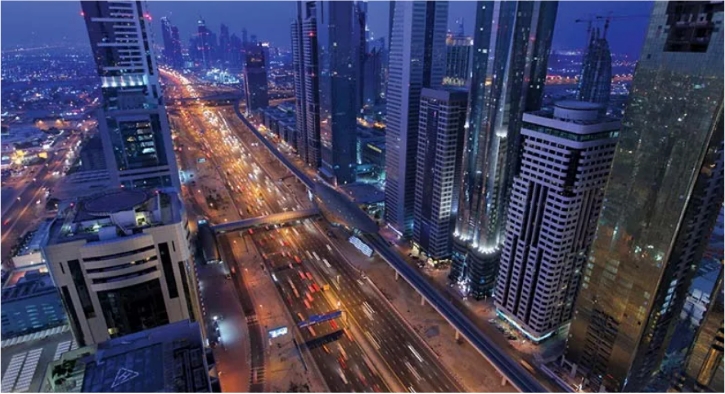Relief efforts are continuing in southern Japan amid hundreds of aftershocks after two deadly quakes. At least 100,000 people are still thought to be living in emergency accommodation, some living in their cars enduring cold temperatures.
The US military has joined tens of thousands of Japanese troops and emergency services personnel in the relief effort.
The two powerful earthquakes hit the south-western island of Kyushu.
Saturday’s magnitude-7.3 quake struck at 01:25 (15:25 GMT on Friday) close to the city of Kumamoto, which had been hit by a magnitude-6.4 quake on Thursday night.
At least 44 people were killed and more than 1,000 people were injured, authorities said.
Japan’s public broadcaster NHK reports that eight people are still missing in the village of Minamiaso. Another body was recovered there on Tuesday morning.
There have been hundreds of aftershocks since then, including a magnitude 5.8 quake on Monday evening, although it was not reported to have caused any more injuries.
The Japan Meteorological Agency has cautioned people to take care as further shaking is likely.
Both the quakes were shallow, causing huge damage to roads, bridges and tunnels. Major landslides cut off remote villages.
Thousands of homes are still without electricity, water, or gas, and rail services remain disrupted.
The number of those displaced by the quakes remains unclear. Aid agencies said more than 250,000 had been told to leave their homes, amid fears of more earthquakes.
Naoki Kokawa, advisor to the Japanese Red Cross Society, told the Amira New that more medical teams were being dispatched to evacuation centres.
Kumamoto Airport has begun accepting some inbound flights, but outbound flights are still suspended, as damage to the terminal building has prevented security checks being carried out.
The US has about 50,000 troops in Japan, and as with the 2011 earthquake and tsunami, its personnel are helping the relief effort, airlifting water, food and other emergency supplies to remote areas.
“We’re here to support the Japanese defence forces, and so whatever they need and we can provide that support, we’re here to help,” said US Marine Corps Lt Col Tom Chalkley.
Two Osprey tilt-rotor aircraft were used in the airlift, in what was seen as a chance for the US to demonstrate the usefulness of the aircraft, which can take off and land vertically. There have been concerns about safety after several crashes.
The aid deliveries were “hugely appreciated,” 60-year-old evacuee Tatsuyuki Aramaki told Associated Press. “We have been living on rock-hard biscuits, old rice balls and bread,” he said. “I heard Ospreys were coming to deliver supplies for us so I had to come and see. I couldn’t wait.”
The quakes have had commercial repercussions outside the region too, with Toyota suspending most vehicle production in Japan because of parts shortages.
Nissan and Honda are also among the companies to halt production at some facilities.
The earthquakes are the biggest to have hit Japan since 2011 when a 9.0 magnitude quake caused a huge tsunami, leaving more then 19,000 dead and missing.
Japan is regularly hit by earthquakes but strict building codes mean they usually cause minimal damage.




